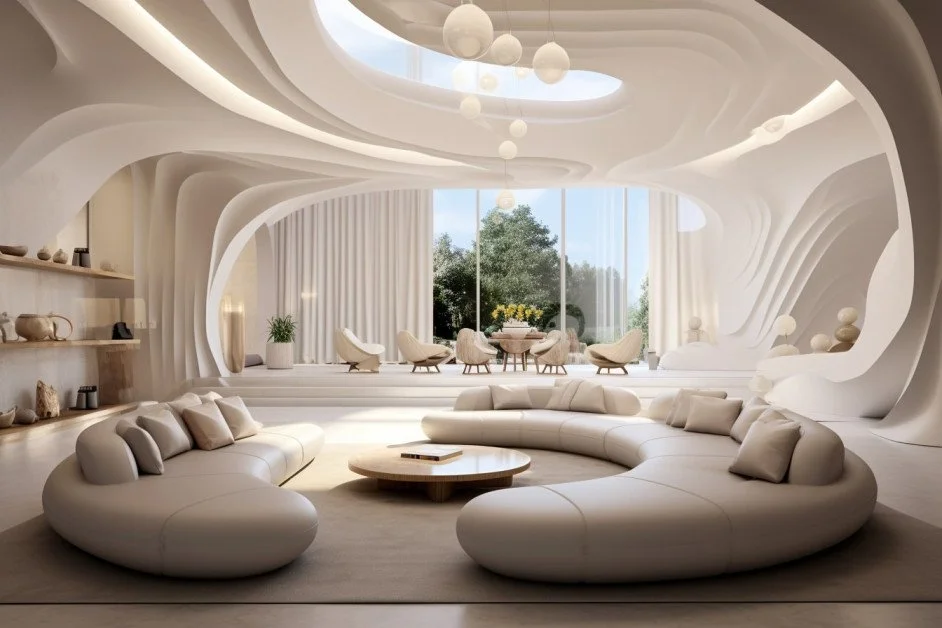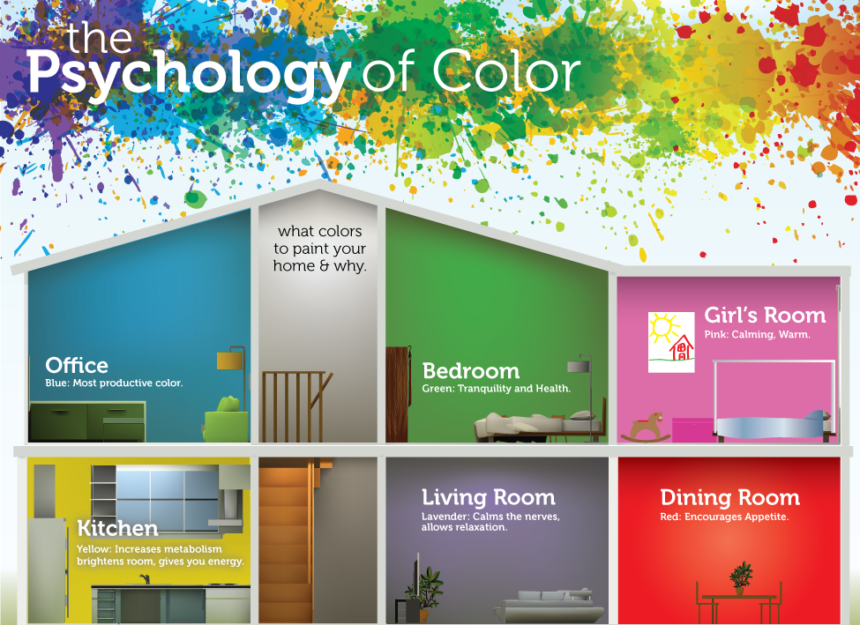Embracing the Profound Influence of Colour
Renowned Swiss psychiatrist Carl Jung once noted, “Colours express the main psychic functions of man,” shedding light on the profound connection between colors and human psychology. In the realm of interior design, the study of color psychology takes center stage, revealing how colors can significantly impact emotions and well-being. Mahesh Anand, President at Nippon Paint India (Decorative Division), emphasizes the transformative power of color in creating spaces that not only captivate visually but also uplift emotionally and psychologically.
The Art of Colour Psychology Unveiled
Creating a Welcoming Atmosphere
The colors chosen for interior spaces wield the power to set the tone from the moment one steps in. Warm and inviting shades such as soft neutrals, warm greys, and earthy tones create a cozy ambiance. Research suggests that warm tones positively influence consumer evaluations, leading to increased satisfaction and prolonged visits.


Promoting Relaxation and Serenity
In spaces dedicated to relaxation, the choice of colours is crucial. Soothing shades like soft blues, lavender, and pale greens promote tranquility and restful sleep. Blue-coloured rooms, in particular, have a significant effect on reducing blood pressure and heart rate, fostering relaxation.

Eliciting Emotions and Personal Expression
Colours possess the remarkable ability to evoke emotions and reflect individual personalities. Bold and vibrant hues add energy and drama, perfect for spaces encouraging social interaction and creativity. Research indicates that colours can convey personality traits and influence emotional responses.

Enhancing Spatial Perception
Colors play a pivotal role in altering the perception of space. Lighter hues create an illusion of spaciousness, making small rooms appear larger. Conversely, darker tones add depth and intimacy to larger spaces, fostering a comfortable atmosphere.
Lesser-Known Influences on Our Lives
Beyond the basics, colour preferences vary across cultures, carrying diverse meanings and symbolism. Colour also affects our perception of time, with warm tints making time feel shorter and cool tints elongating our sense of time. This intriguing phenomenon highlights the subtle ways in which colours shape subjective experiences.
Color’s Impact on Taste Perception
Studies reveal that the color of food and drink significantly impacts taste perception. Individuals perceive beverages served in red cups as sweeter compared to those in blue cups, even when the liquids are identical. This connection between color and taste perception underscores the profound effect of colors on sensory experiences.


